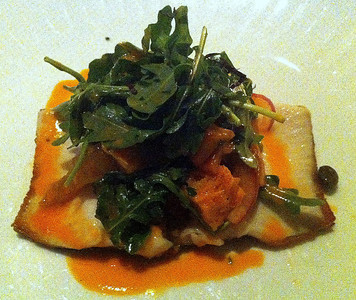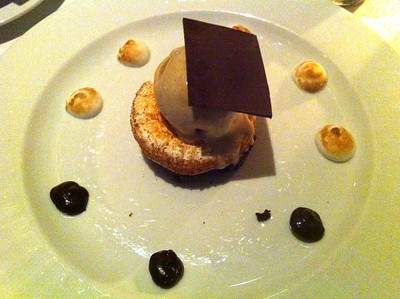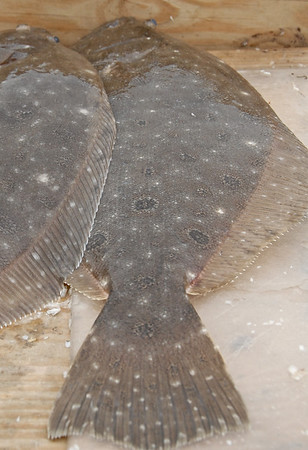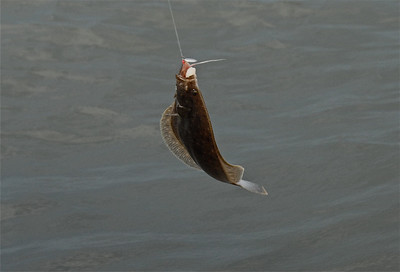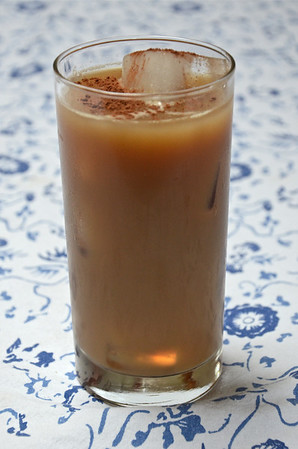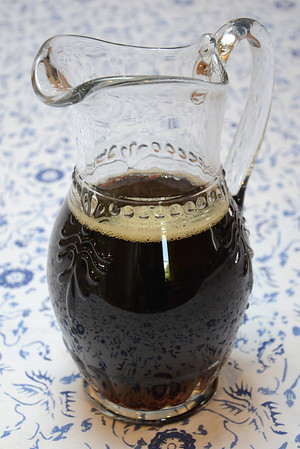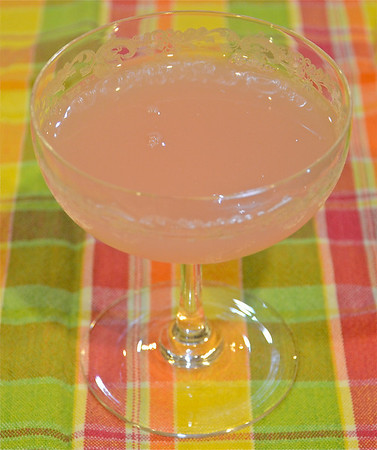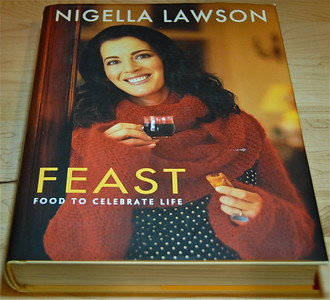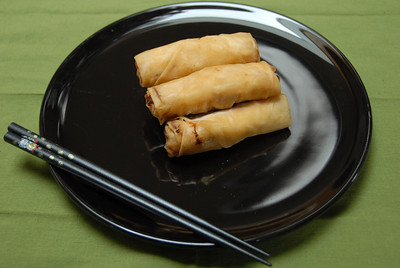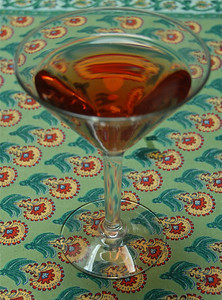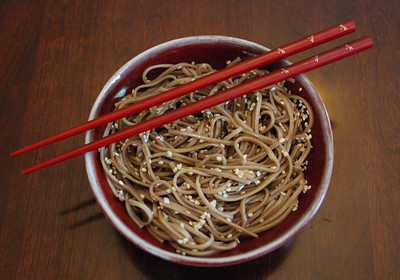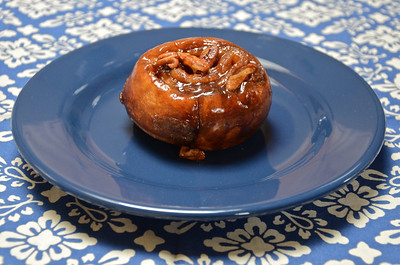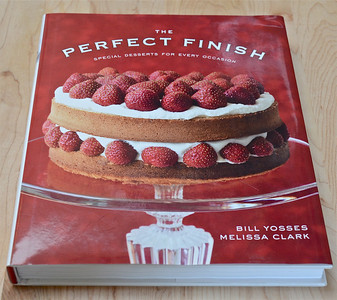As tomato season rolls around again, I thought that I’d share some wisdom about tomatoes from last summer. Yes, in case you haven’t noticed, it’s tomato time, the period from July to October where locally grown, vine-ripened tomatoes hit their prime. For those who’d happily chomp on this produce day in and day out, it’s a highly anticipated event. For those like me who don’t share this passion, it means confronting the quandary of what to do with all those tomatoes.
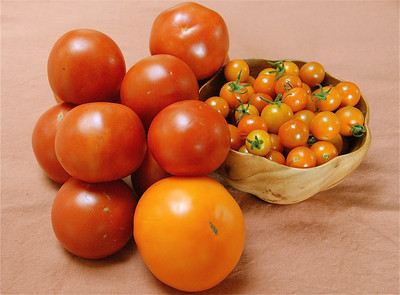
A well-meaning friend once suggested that I try canning them. After all, who doesn’t love home preserving? Apparently me. After one steamy, day-long canning class I learned that, like oil and water, canning and Kathy do not mix.
After ruling out canning, I considered other options, including drying tomatoes in a food dehydrator. While pleasant tasting, dried tomatoes lacked the spark of their fresh, juicy brethren. With that in mind I scratched dehydrating from my list.
In the end I’ve chosen either to cook or serve tomatoes raw in an endless parade of recipes. Lucky for me, they pair well with almost everything. They possess a special affinity for such fruits and vegetables as arugula, bell and chili peppers, cucumbers, fennel, garlic, lemon, onions, shallots and watermelon but also partner nicely with avocado, green beans, broccoli, cauliflower, eggplant, mango, mushrooms, peas, raspberries, squash and zucchini. Their sweetly sour flavor compliments bay leaves, cilantro, marjoram, mint, flat-leaf parsley, black and white pepper, and thyme.
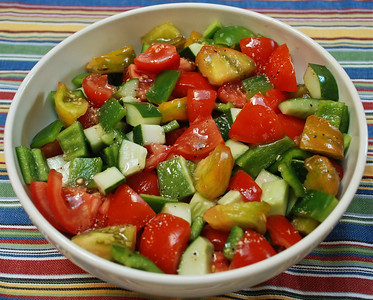
Along with countless flavor affinities, tomatoes offer a great degree of cooking versatility. They’re wonderful when baked, broiled, fried, grilled, sauteed, stewed, turned into a sauce or served raw. With the exception of plum tomatoes, which have a fairly tough skin, they don’t require peeling or de-seeding. Just slice and serve them with a dash of salt and black pepper. Easy!
When faced with a huge mound of these veggies, I dig out my stack of tomato-oriented recipes and get to work. On days when I don’t make gazpacho, tomato sandwiches, sauces, salads and tarts, I may pull together this simplistic take on the Telepan appetizer ‘sunny side egg with fried green tomato.’
“ET” (POACHED EGG & FRIED GREEN TOMATO)
Serves 2 as an appetizer
1/4 cup cornmeal
1 tablespoon all-purpose flour
1/8 teaspoon salt
pinch of ground black pepper
2 (1/2-inch thick) slices of green tomato
1/4 cup milk
1 tablespoon olive oil
2 tablespoons grated cheddar cheese
2 teaspoons grated Parmesan cheese
2 large eggs, poached
On a small plate mix together the cornmeal, flour, salt and black pepper.
Pour the milk onto another small plate. After dipping each tomato slice into the milk, dredge it through the cornmeal mixture so that both sides are coated.
Pour the olive oil into a frying pan and heat on medium-high. Add the tomato and fry on one side until golden, about 2 to 4 minutes. Flip them over and cook on the other side until golden. Remove and place them on two salad plates. Sprinkle 1 tablespoon of grated cheddar cheese and 1 teaspoon Parmesan cheese over each. Top the cheese with a poached egg and serve immediately.


